June 8th is World Oceans Day
In 2008, June 8th was officially named World Oceans Day. It’s a day to celebrate the massive bodies of water that make up 70% of the Earth’s surface and also to promote conservation.
The ocean is blue because of the sun
The sun’s red and orange wavelengths are absorbed by the surface of the water like a filter, leaving the blue part of the light spectrum behind to be visible.
We can thank the ocean for our internet connection
There are miles of cable that criss-cross the world’s oceans like a gigantic web. International connections are maintained by feeding cables down near the ocean floor.
Most volcanic eruptions happen beneath the surface of the ocean
Up to 80% of volcanic eruptions go unnoticed by those on land. More than 1 million volcanoes spew molten hot lava below the surface of the ocean and create temperatures up to 750°F.
There are 20 million tons of untouchable gold in the ocean
Humans can’t collect it, as the gold is so diluted that it is measured in parts per trillion. About one liter of seawater might give 13-billionth of a gram.
The Mariana Trench is the deepest part of any ocean
Inside the trench is a valley known as Challenger Deep, which extends about 7 miles (36,070 feet) below the surface. To give you an idea of how deep that is, Mount Everest stands at 29,029 feet.
Victor Vescovo just became the first person to reach the deepest part of the ocean
In 2019, Vescovo made history as the very first explorer to reach the deepest part of the ocean. He is a retired naval officer and undersea explorer.
Sounds can travel to the deepest explored areas
Researchers once lowered an underwater microphone, known as a hydrophone, toward the bottom of the Mariana Trench to test what sounds could be heard. Scientists were able to hear sound from earthquakes, passing whales, and other noises.
A rubber duck incident taught us more about the ocean
In 1992, a cargo ship filled with bath toys dropped a container of more than 28,000 ducks on its way from China to the U.S. Oceanographers tracked the ducks locations in order to better understand the water currents. Some of the bath toys been ended up in Europe and Hawaii.
We know more about the ocean than you might think
Although there are plenty of areas that haven’t been explored, oceanographers have been able to visualize close to 100% of the ocean floors. Technology has given us a rough idea of the layouts.
Lakes and rivers exist beneath the surface of the ocean
Although already submerged underwater, these lakes and rivers form when seawater seeps up through thick layers of salt. The water then dissolves the salt layer, which causes it to collapse and form depressions. The dissolved salt makes the water denser, which will settle into the depressions and form a lake or river.
Tsunami waves can reach up to 100 feet tall
As waves reach shallow water near land, the energy that would normally be dispersed throughout the water then goes up and elongates the wave, causing it to reach insane heights.
The Pacific Ocean was discovered in 1519
Ferdinand Magellan was crossing the Atlantic in 1519 when he found his way to another body of water. He decided to call it the Pacific, or peaceful, ocean due to its calm water. What Magellan didn’t know at the time was that the Pacific would eventually be recognized as the world’s largest ocean, covering 59 million square miles.
Oceans produce 70% of the oxygen supply in the atmosphere
Marine plants release oxygen as a byproduct of photosynthesis and play a huge role in keeping humans breathing. One specific phytoplankton, Prochlorococcus, is actually estimated to be responsible for one in five breaths that humans take.
Ocean dead zones can be caused by humans
A dead zone, known as hypoxia, is an area of the ocean with less oxygen than normal that prevents sustained life. While some dead zones are created naturally, scientists are concerned that nutrient pollution created by humans can create an overgrowth of algae, which leads to a dead zone.
7 million tons of plastic end up in the ocean every year
Due to this plethora of trash, it is estimated that fish swallow between 12,000 and 24,000 tons of plastic every year.
The biggest waves occur under the surface of the ocean
Known as internal waves, these walls of water have been found 3 miles below the surface of the ocean. They are part of water layers with different densities and reach up to heights of 800 feet.
Giant kelp grows very quickly
This type of seaweed reaches up to 100 feet tall, growing an astonishing two inches a day.
You don’t really hear the ocean through seashells
Seashells actually act as a resonator, which allows sound to vibrate. When you hold a shell up to your ear, what you hear is an amplified version of the sounds around you.
Earth’s biggest waterfall is located in the Atlantic
The Denmark Strait, a waterfall in the Atlantic, is equivalent to the size of 2,000 of the world’s largest waterfalls. The Strait has cold water on the eastern side that is denser than the warm water on the west side. When the two mix, the colder water sinks and creates a waterfall.
We don’t know much about marine life in the ocean
Between the sheer size of the oceans and immense water pressure, it’s difficult to explore all of the organisms beneath the surface. We know about approximately 1/3 of the ocean’s inhabitants, according to experts.

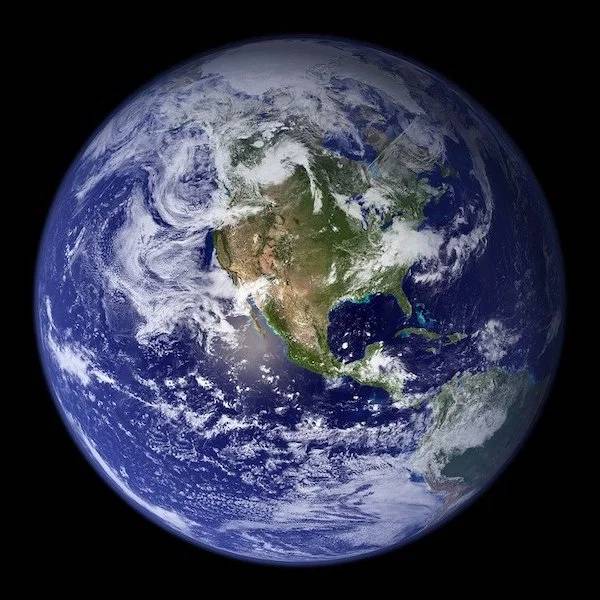
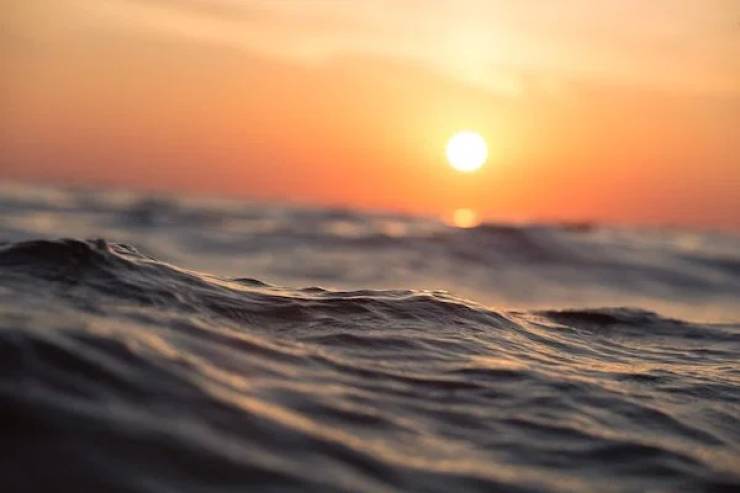
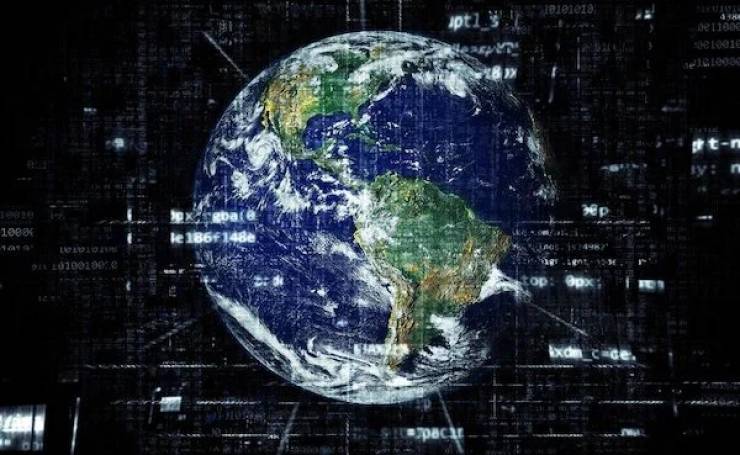
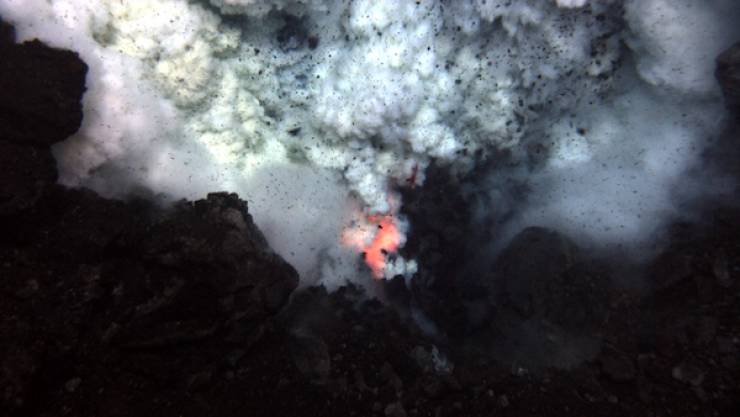
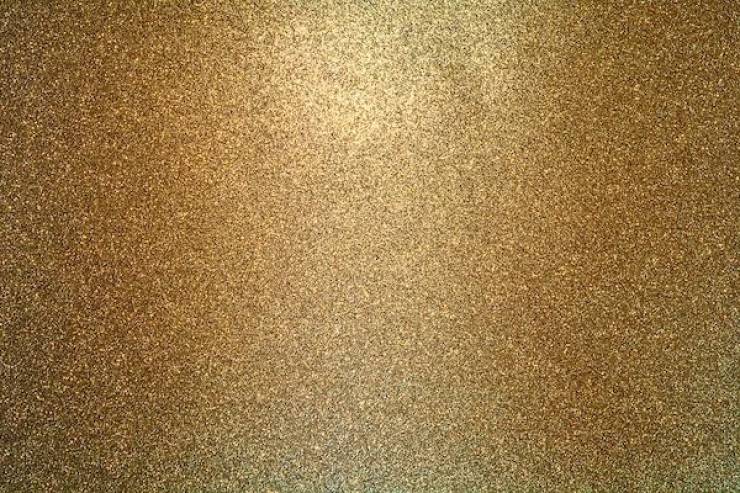
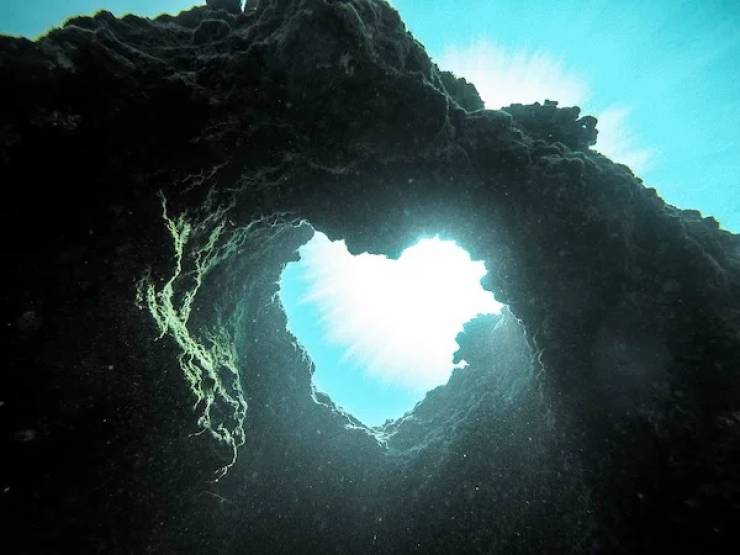
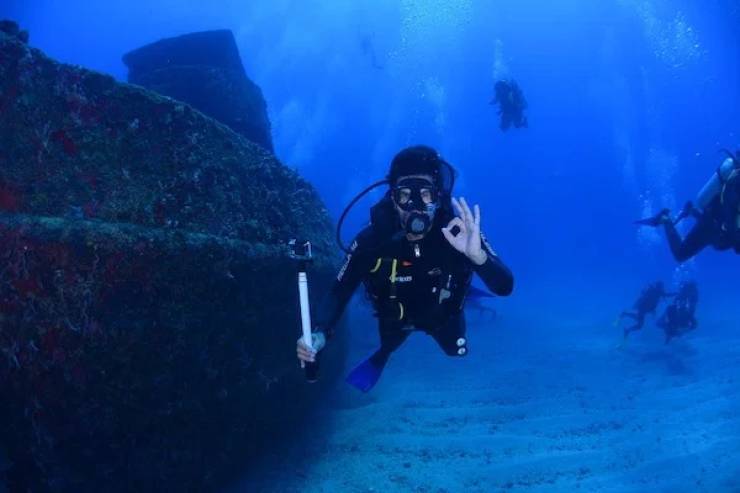
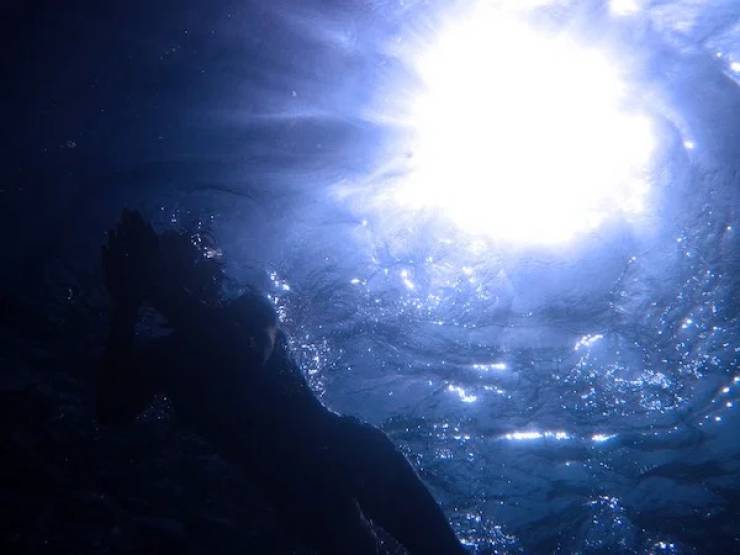

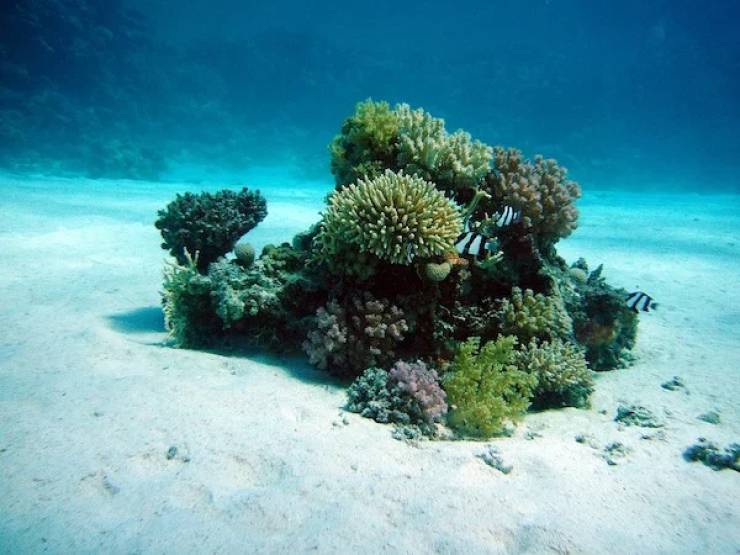
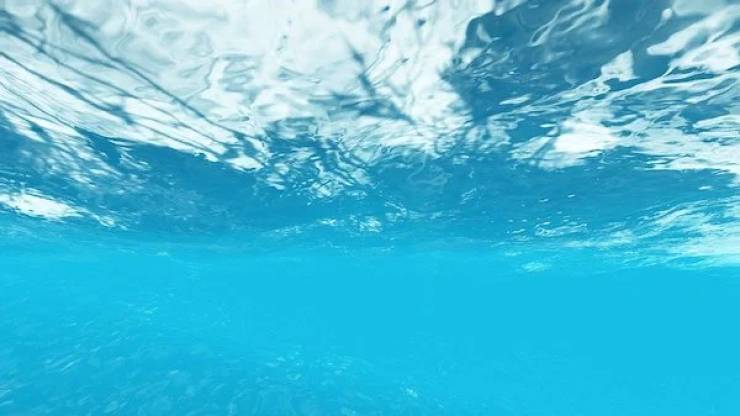


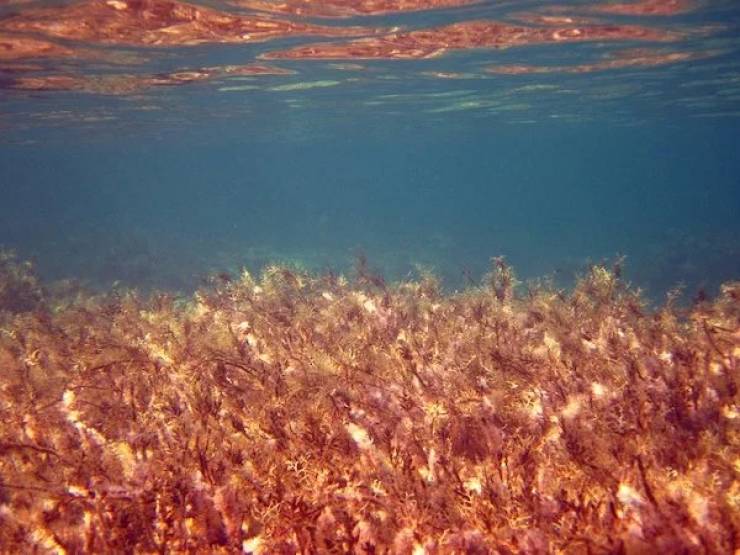
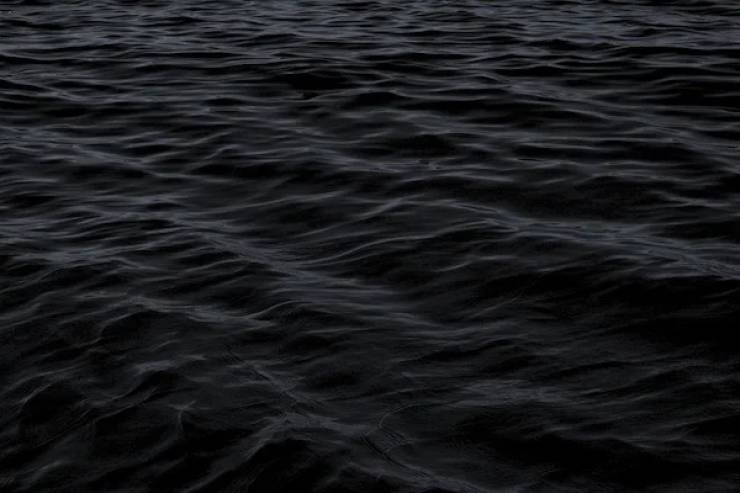
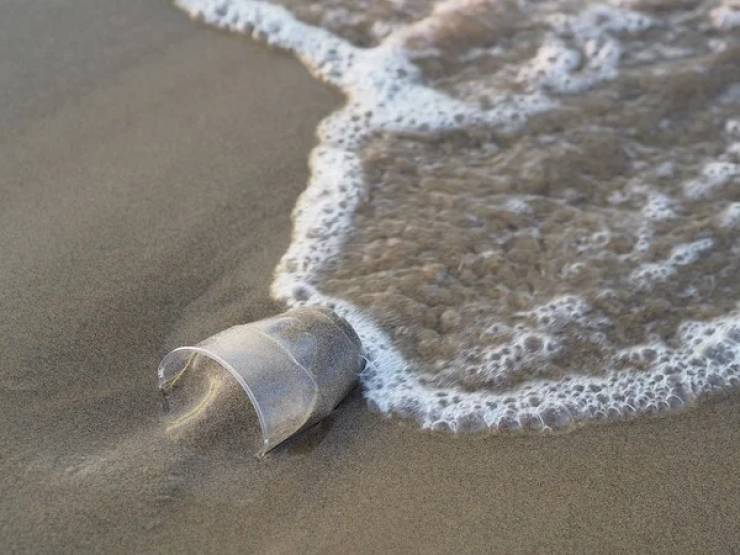
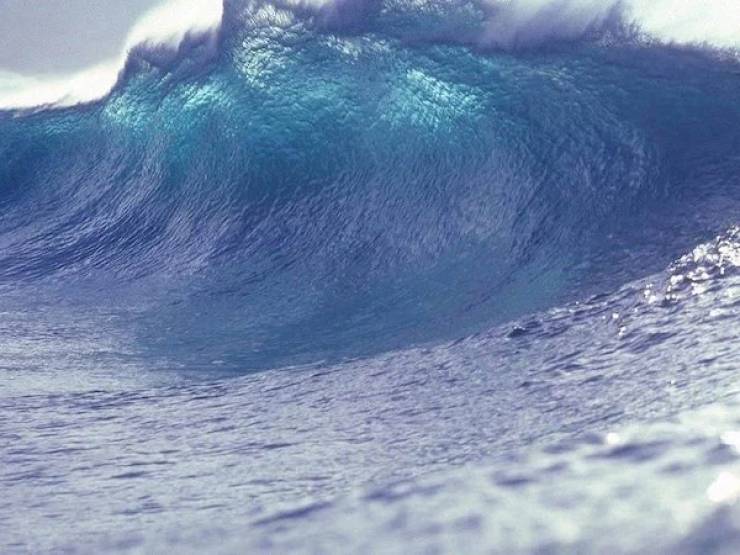
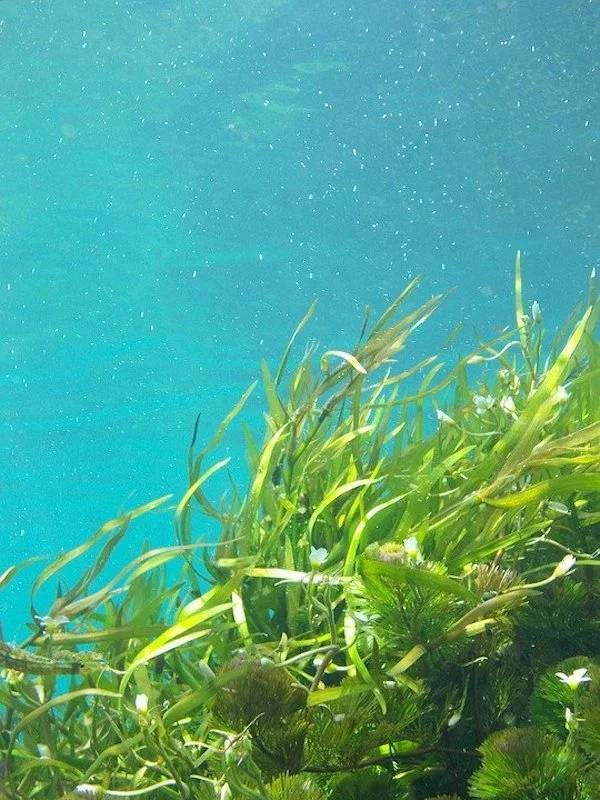

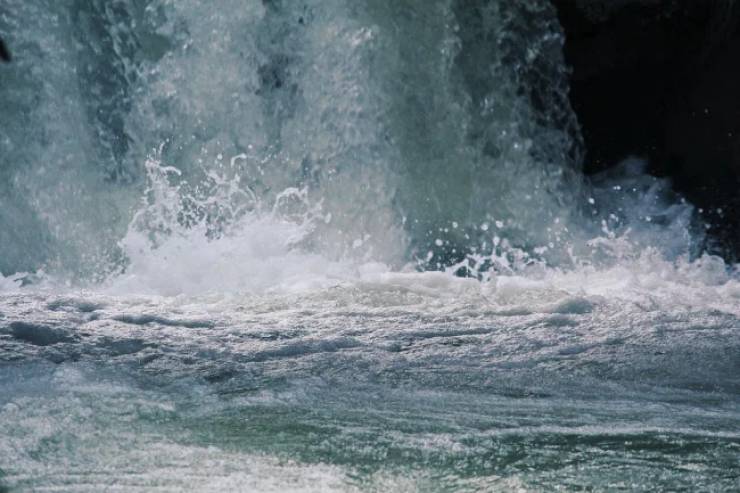




Duuude, share some that stuff you're smoking.
HAHAHAHA LMFAO
There aren’t enough tinfoil hats in the universe for this conversation